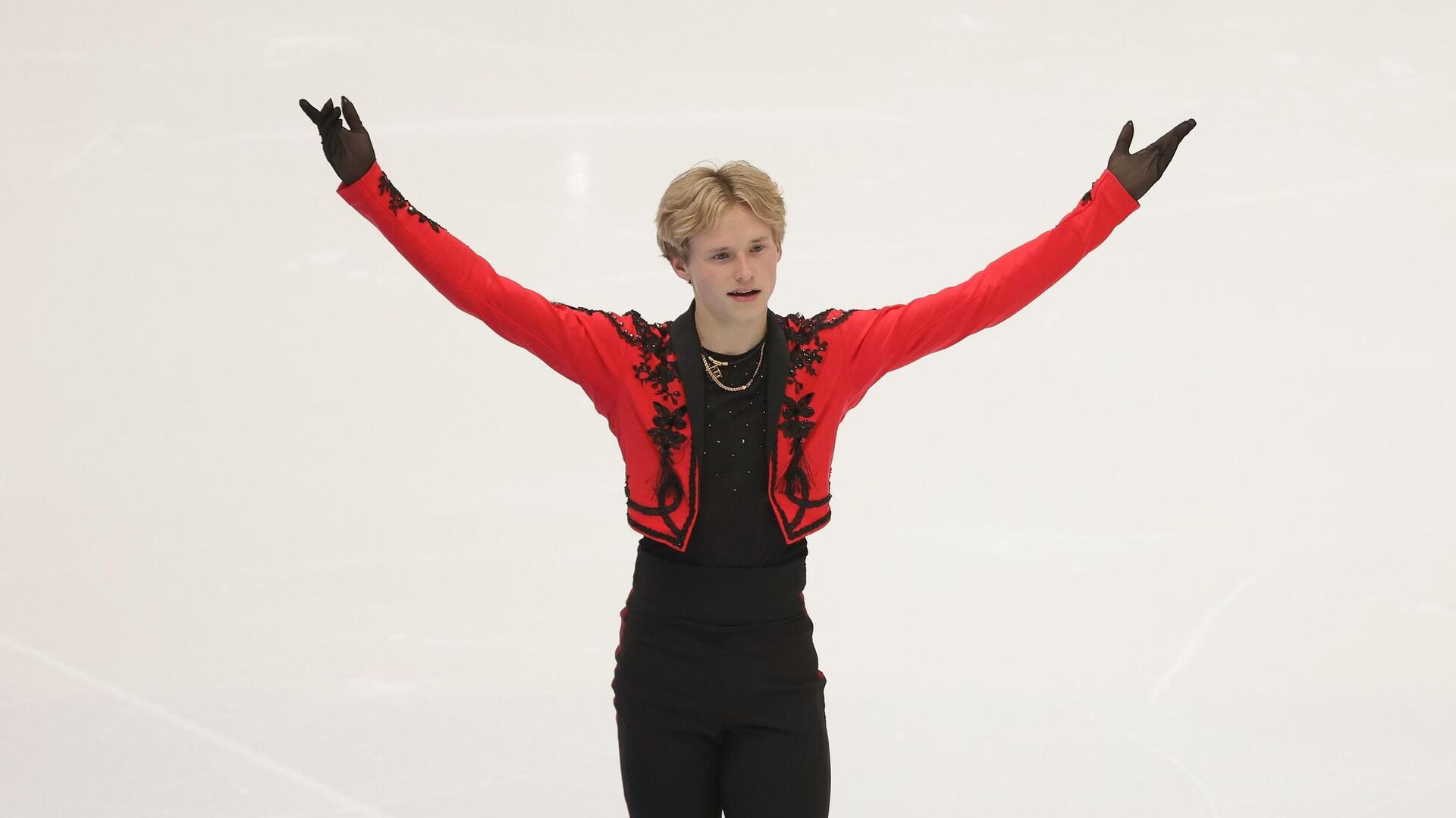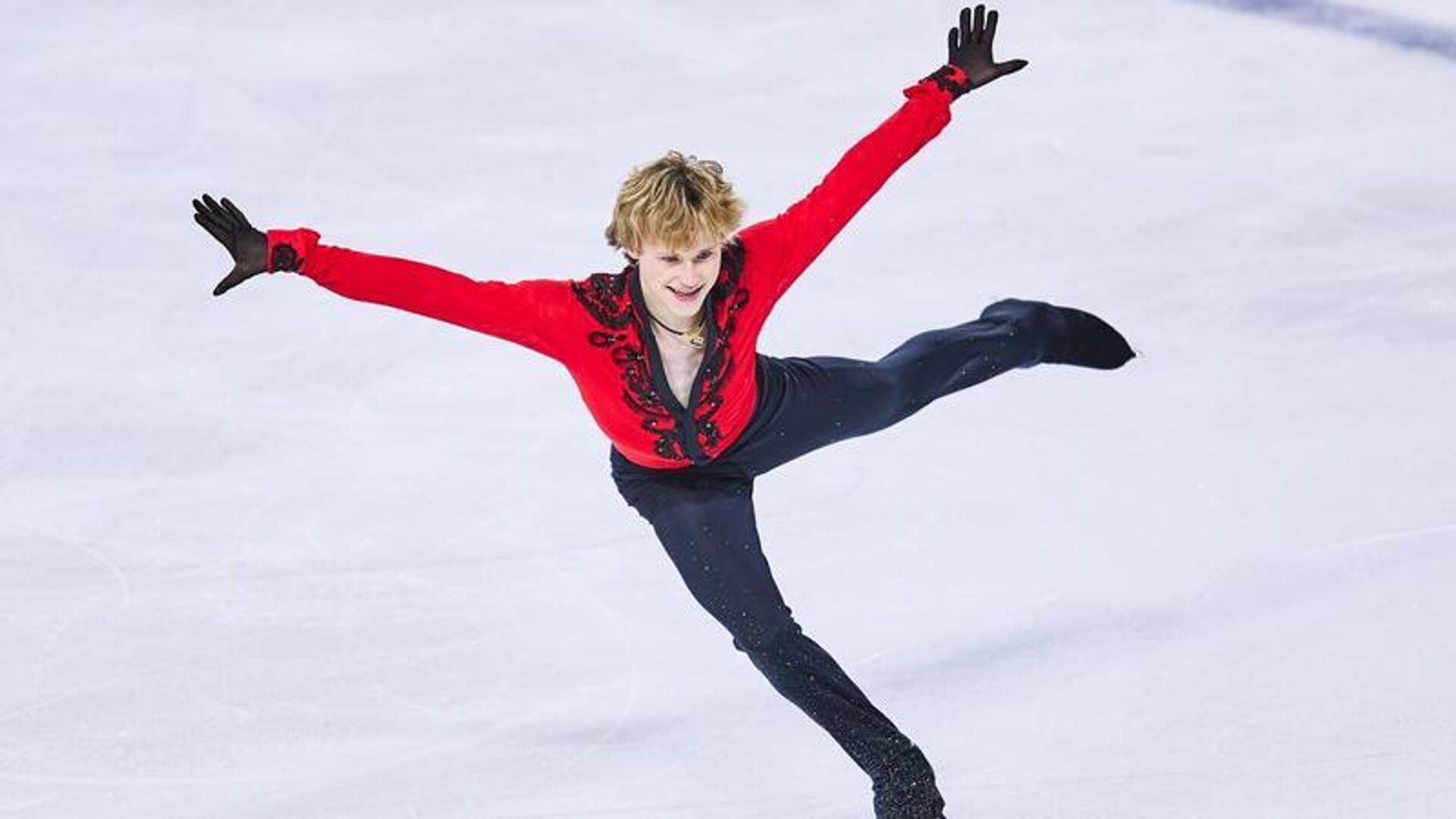
American figure skater Ilya Malinin won championship gold for the first time in his career world, setting a record for the total points in the free program. The Sport correspondent ponders which of this is relevant and which is not.
The World Championships in Montreal have finally become a benefit for the “god of quads” — as Ilya Malinin calls himself. The American figure skater performed six jumps in four rotations, including a unique quadruple axel, which, except for him, was not achieved by anyone else in the program. Malinin received 227.79 points for his performance, which was the highest result in history. He took the world record in the free program from his compatriot Nathan Chen, but was slightly (1.54 points) short of his result (335.30) in the sum of two programs.
The fact that with a pure performance of the technical set for which this season's free program was tailored, Malinin would receive such ratings was expected. At the Grand Prix stages, the American, as they say, saved speed, leaving the quadruple axel in reserve, was not always flawless on other jumps, but consistently received over 200 — primarily due to the sharp increase in the component score after last season. In the Grand Prix Final, Malinin finally “came out” to the fullest, performing the same content as at the World Championships, but fell from the quad axel — and still received the highest scores. Well, in Montreal the American performed all his quadruple jumps — and the referees no longer held back.
Although, in the name of respect for the great figure skaters of the past — and simply for the sport called “figure skating” — it would be worth it. Watch Malinin's winning free program at the World Championships. What will you see there? Skating slowly from jump to jump with the obvious intention of saving energy — yes. Zero emotions, again, so as not to lose concentration on the technique — yes. The simplest «at the level» of rotation — yes. Amazing glide — no. Musicality and choreography of the highest level — no.

So why then did Malinin receive a score of 90 points in the components? Really, the referees want to say that this skater, who scores points only due to mechanical execution of jumps, is now the new Hanyu, Chen and Fernandez, who were assessed in the same way? Can we forget the outstanding programs of the above-mentioned masters, staged at the level of works of art, which mesmerized to such an extent that the jumps in them were not even noticeable — although they were there? Now it’s enough to simply choose music that would justify driving on ice at minimum speed — as long as it makes you jump? Has a new standard emerged to which we must strive?
Let us remember that a year ago at the World Championships in Saitama, Malinin also achieved six quads in his free program — including a quadruple axel. But, firstly, then the judges carefully examined all his jumps, placing under-rotations. And secondly, the American skater received 80.98 for the components — that is, ten points less than at the World Championships this season. What has happened since then — Ilya learned to skate so quickly like a great master?
Of course, no one should be denied the right to progress. The skater himself admitted that he needed to work on his second grade. But this is by no means a process that in 12 months can lead an athlete to artistic scores on par with the best skaters in history. Maybe it's something else?
It’s hard to get rid of the feeling that an aggressive PR campaign, which was very competently conducted by the relevant specialists around Malinin, could have worked. There are just a lot of interviews in which judges are blamed for underestimating the same unique quadruple axel. And not only him. “Quadruple jumps in large numbers take a lot of energy, and this certainly needs to be assessed,” said the American athlete’s agent Ari Zakarian a year ago.
But for now the rules say something else. What should figure skating as a whole be assessed? And for this there are two assessments — for technology and for components. Regarding the first one, by the way, not everything is so clear either. One could argue about the GOE allowances, and look at the American athlete’s underrotation and overrotation jumps with a magnifying glass. But to understand that Malinin’s world record is a fiction, you don’t have to waste time on this. Simply take each of the three components of the program — composition, presentation and gliding skill — and apply to them what you see performed by the American figure skater on the ice. There, no matter how hard you try, you can’t see those “nines” with which the judges generously showered the new world champion.
Summarizing what happened in Montreal — the fact that Malinin’s points turned out to be extremely inflated, naturally, does not negate the fact that he is rightfully won the world championship. Ilya had no opponents at this tournament. But the key words here are “at this tournament.” Russian figure skaters have been suspended from international competitions for two years now, and to say that none of them does what Malinin aims to do is absolutely wrong.
Even a quadruple axel — and that was recently performed by the rising star of our men's skating Vladislav Dikiji. And there are plenty of athletes who, unlike the new world champion, can combine the most complex technical content with the highest level of artistry. Evgeniy Semenenko, Pyotr Gumennik, Mark Kondratyuk — and the list goes on. If Malinin had clashed with the best of them in a head-to-head fight, who knows how it would have ended.
The author’s opinion may not coincide with the position of the editors.























































Свежие комментарии